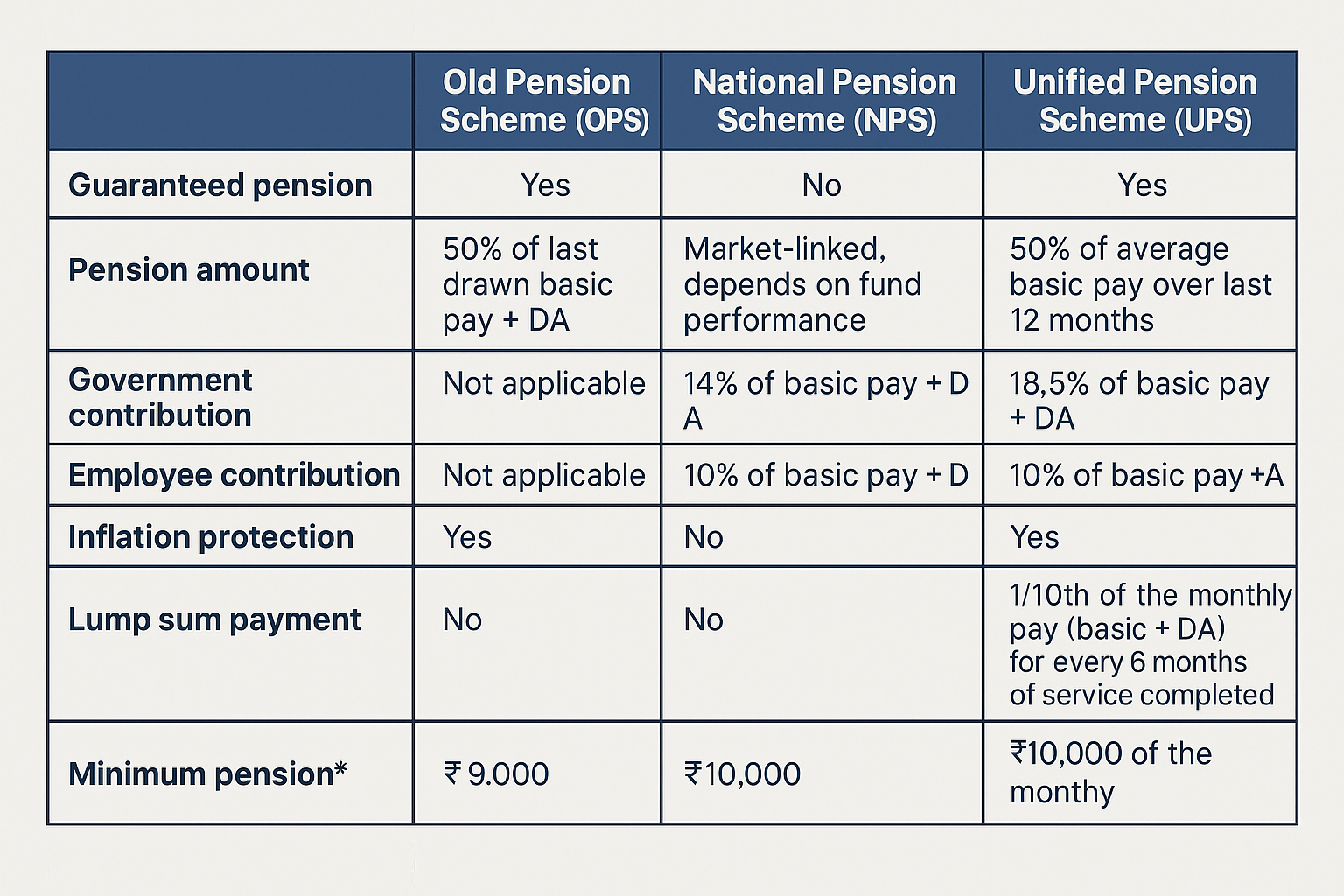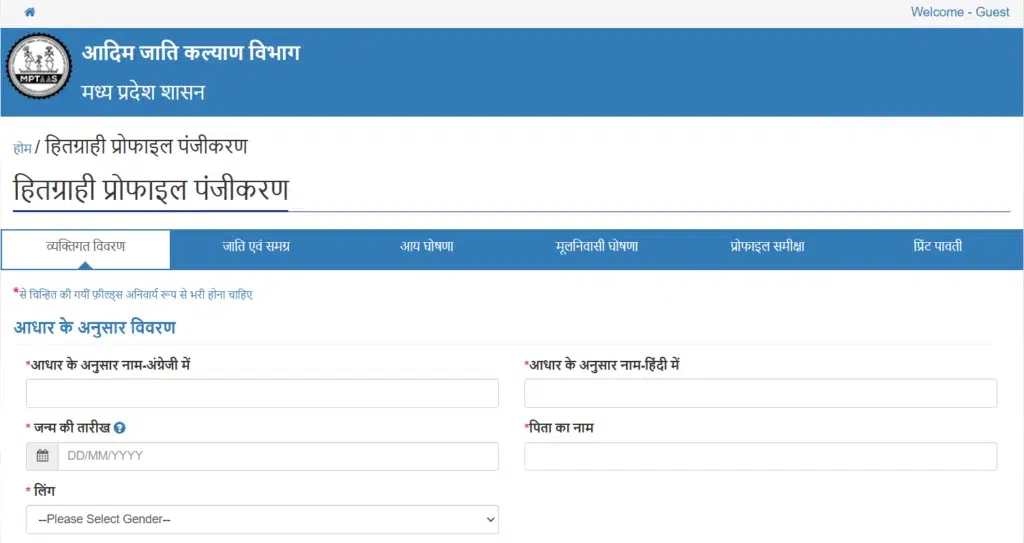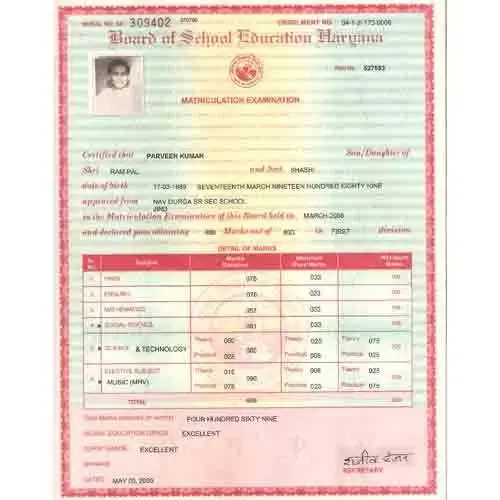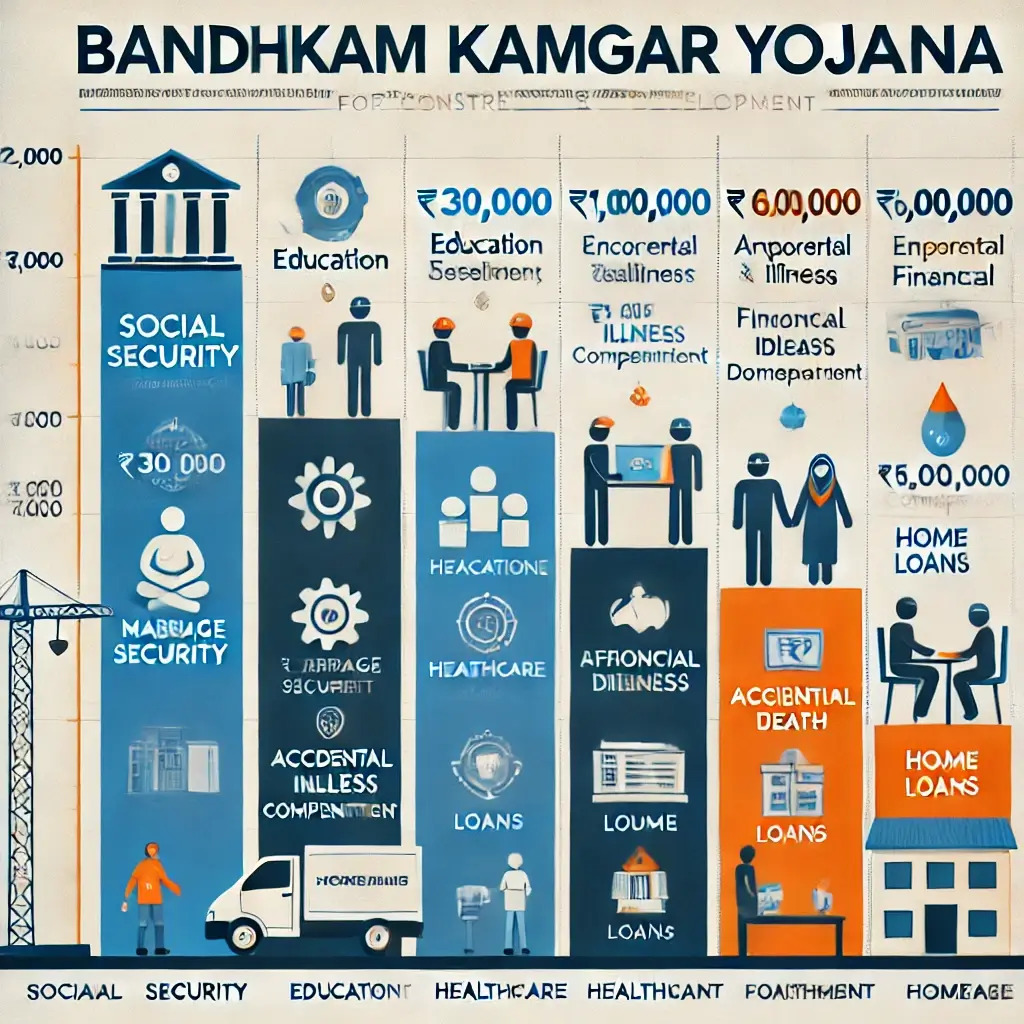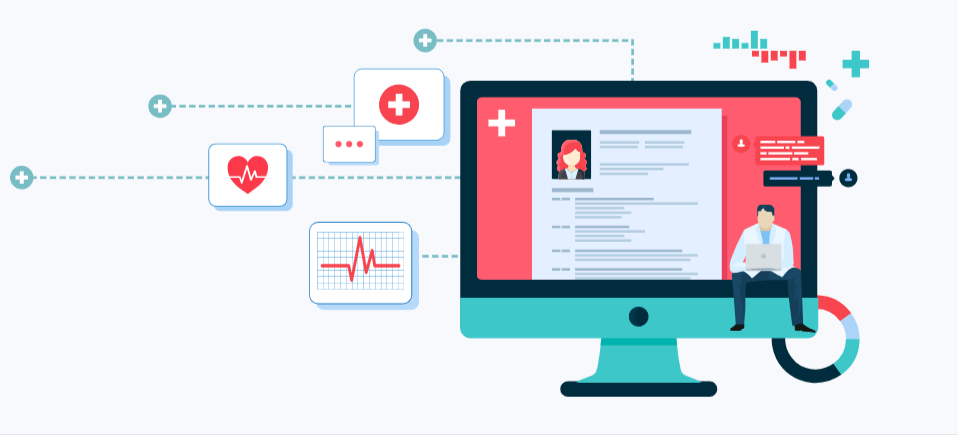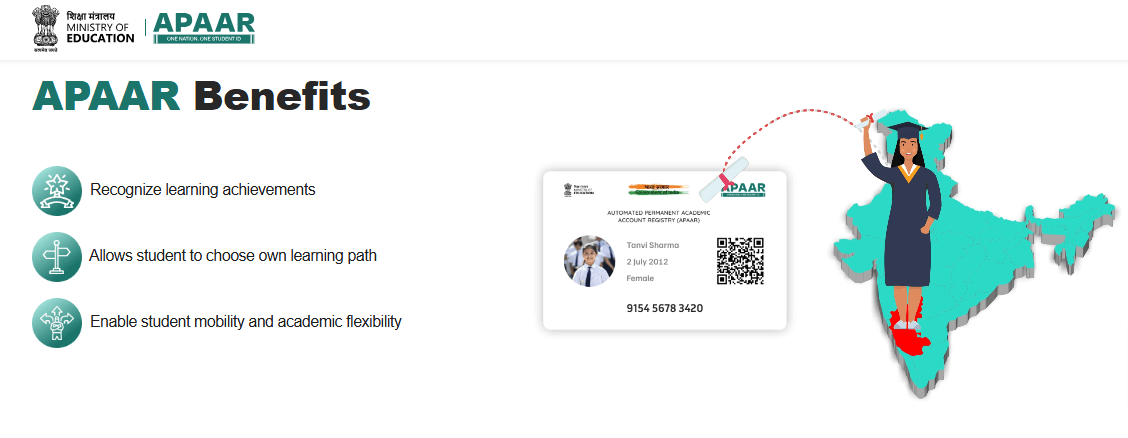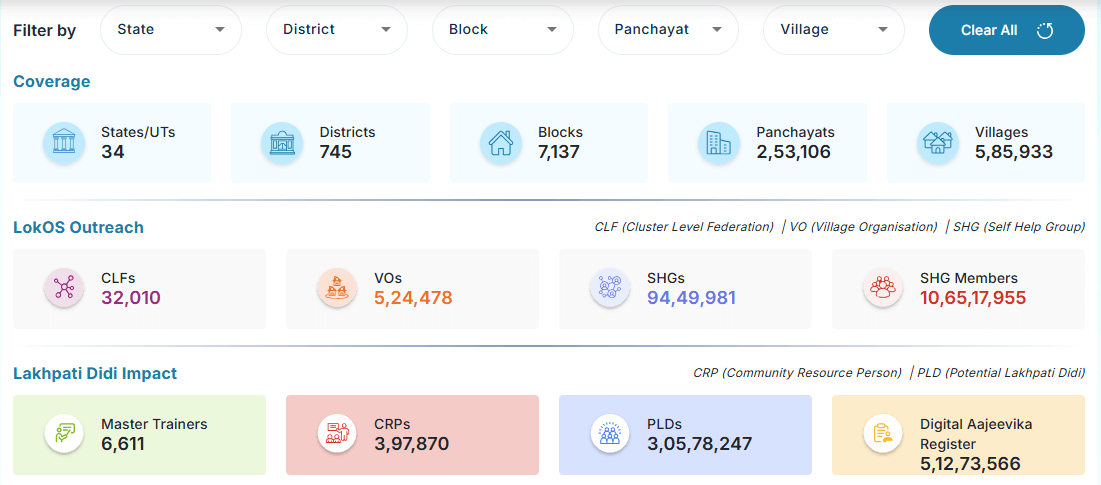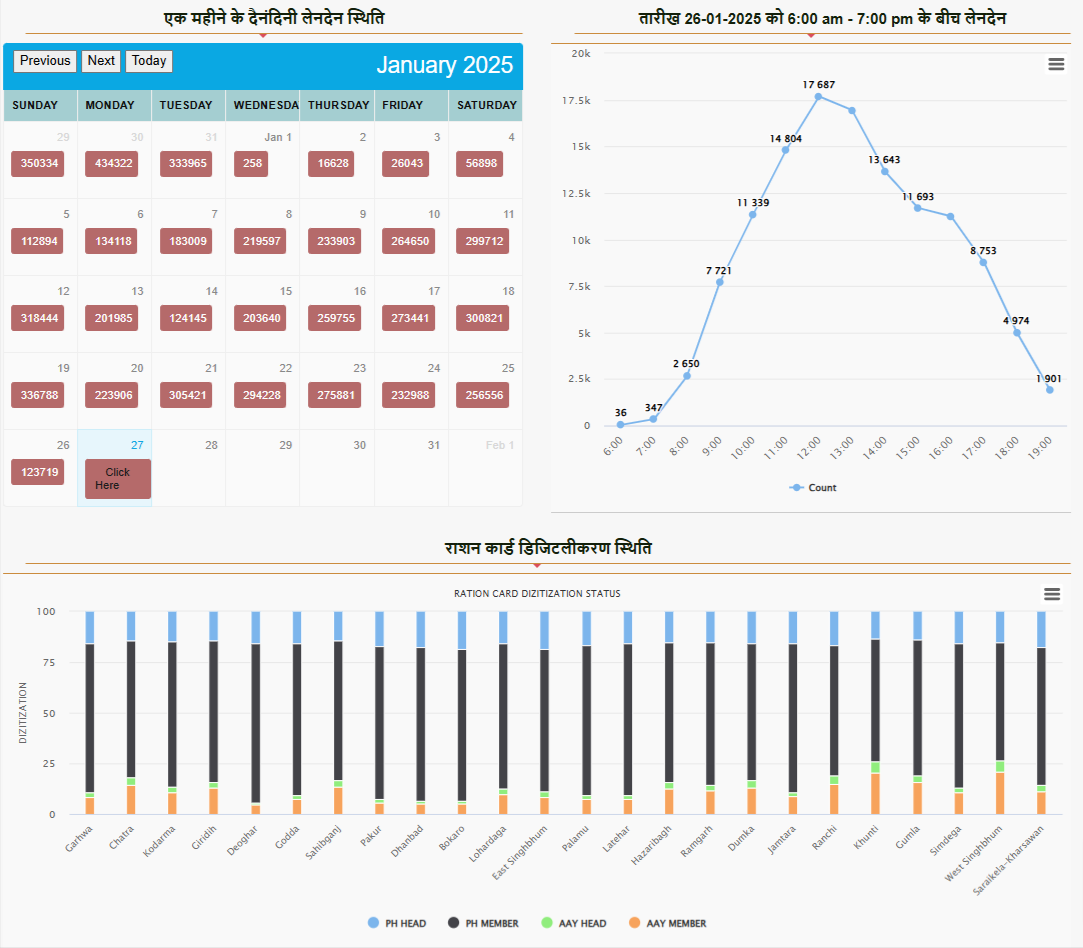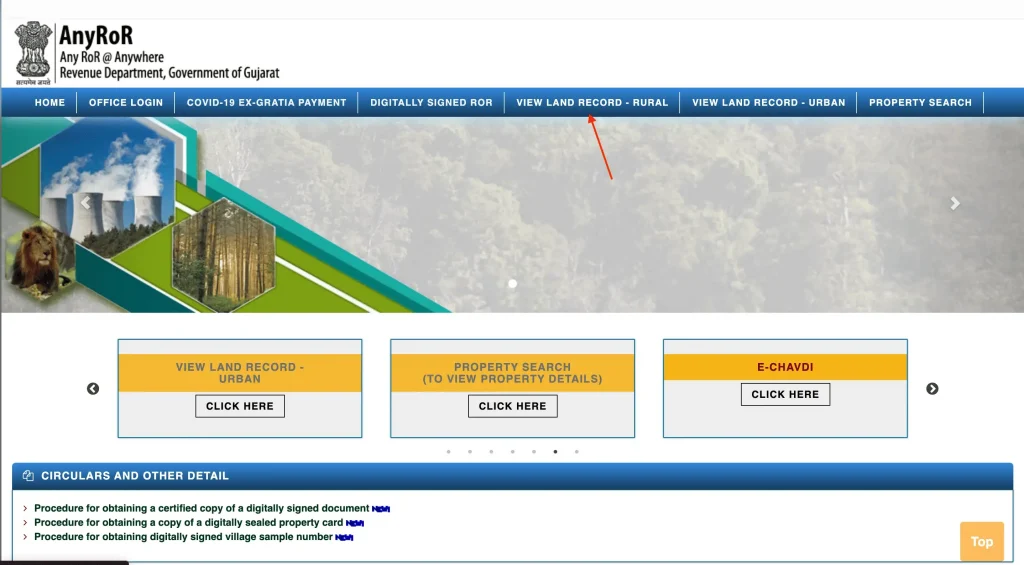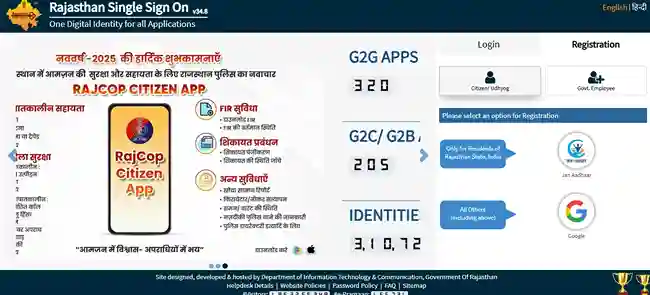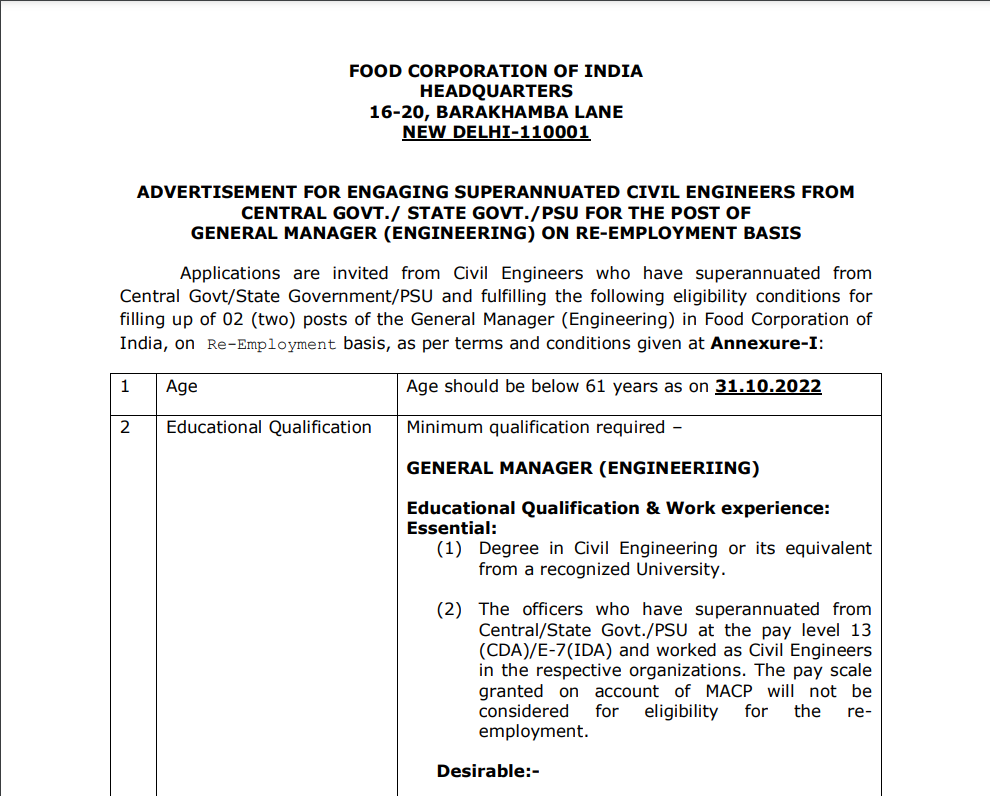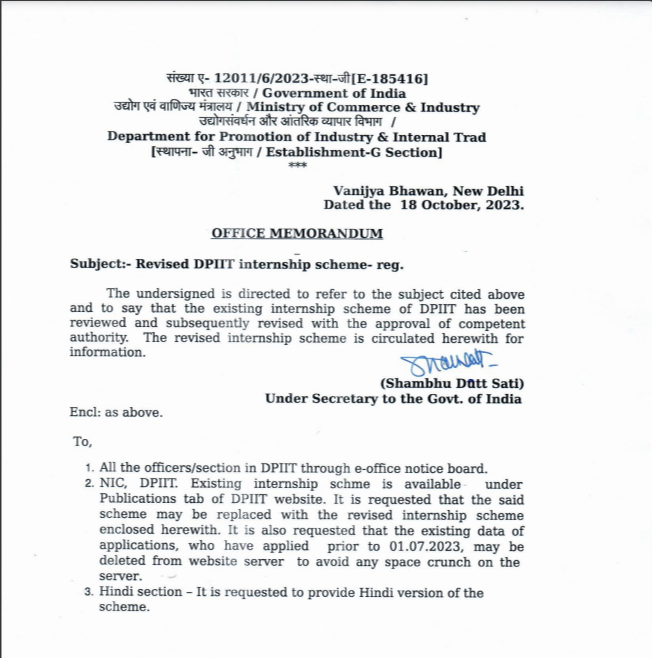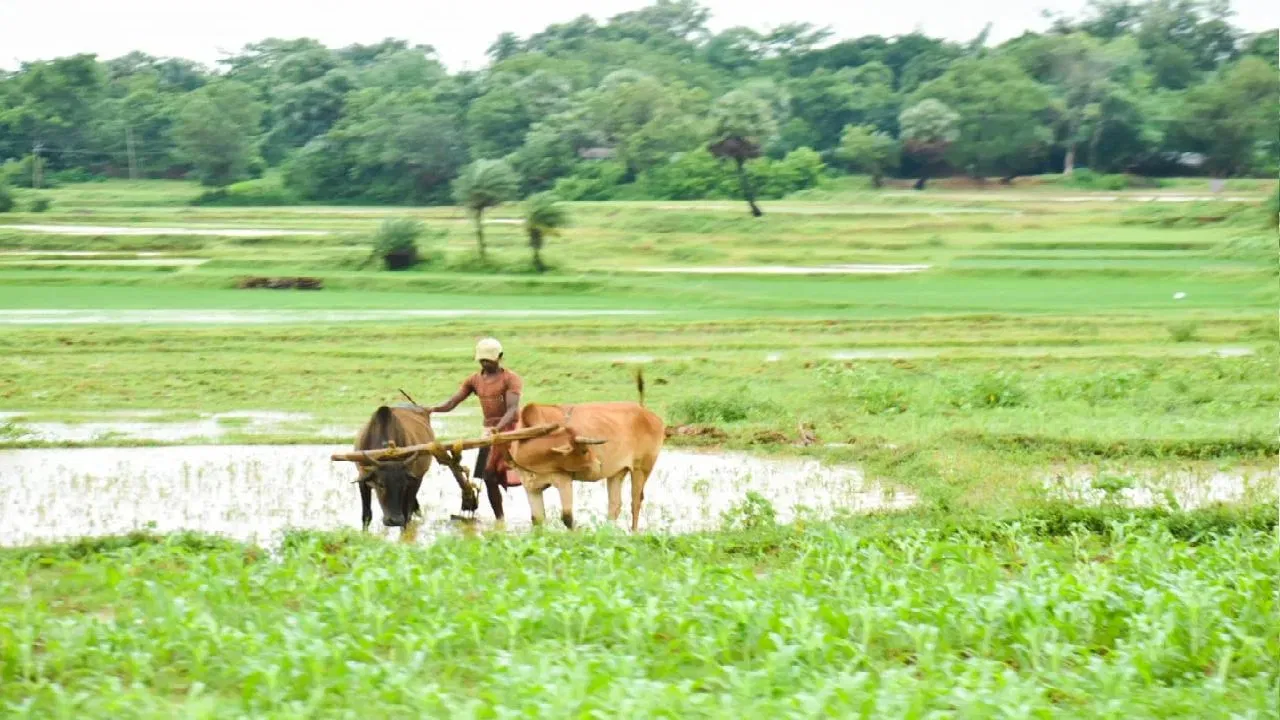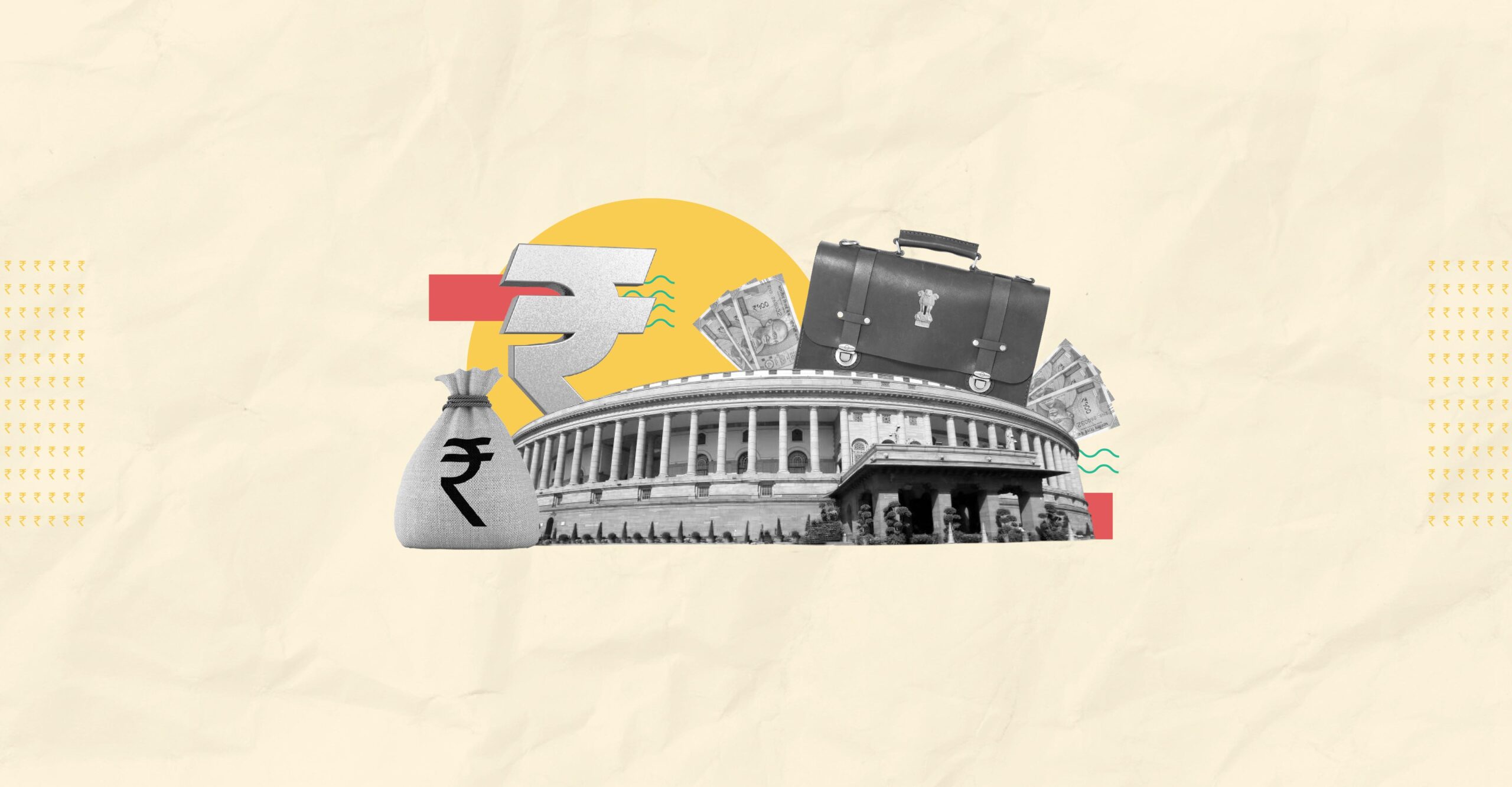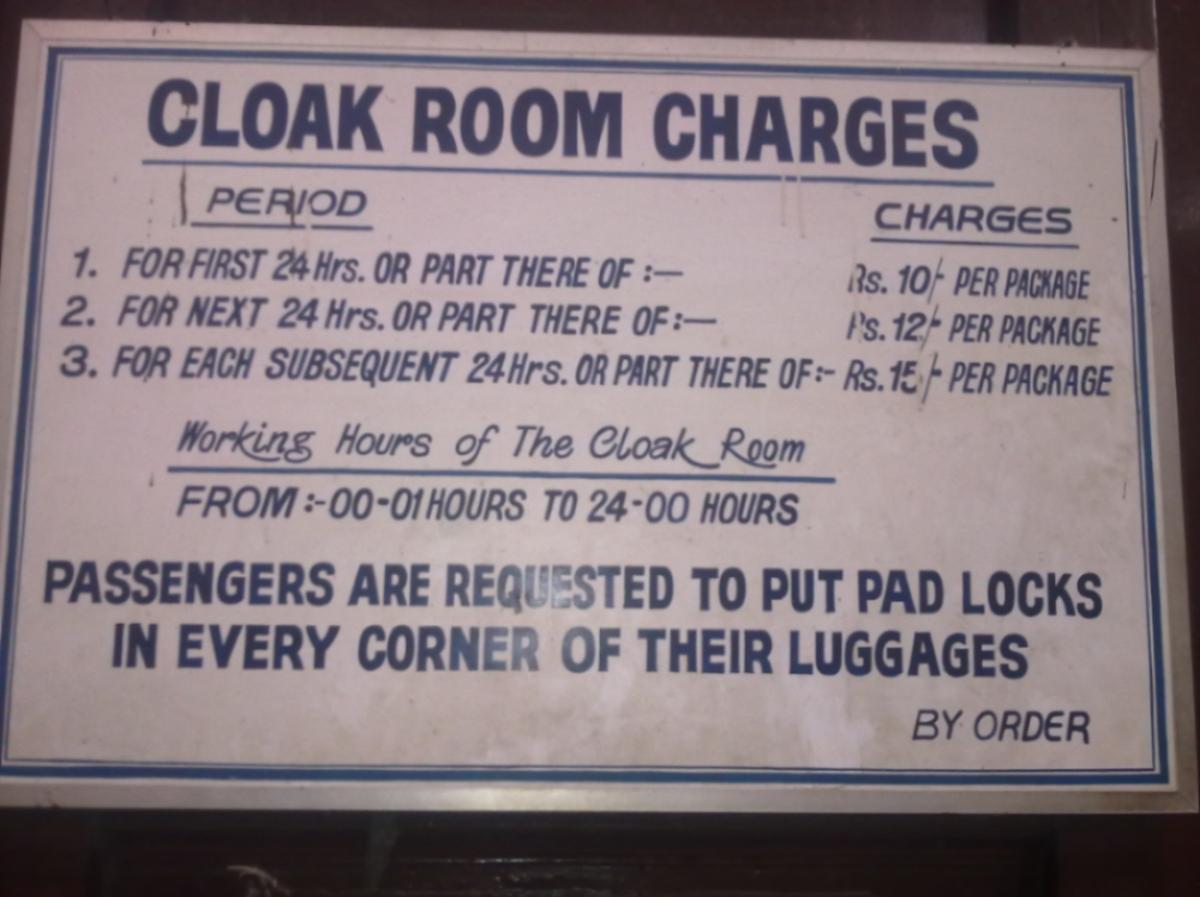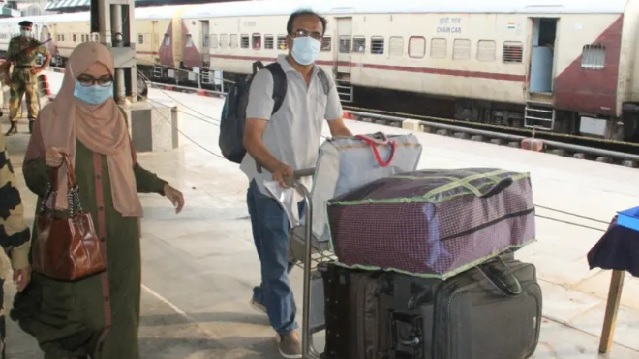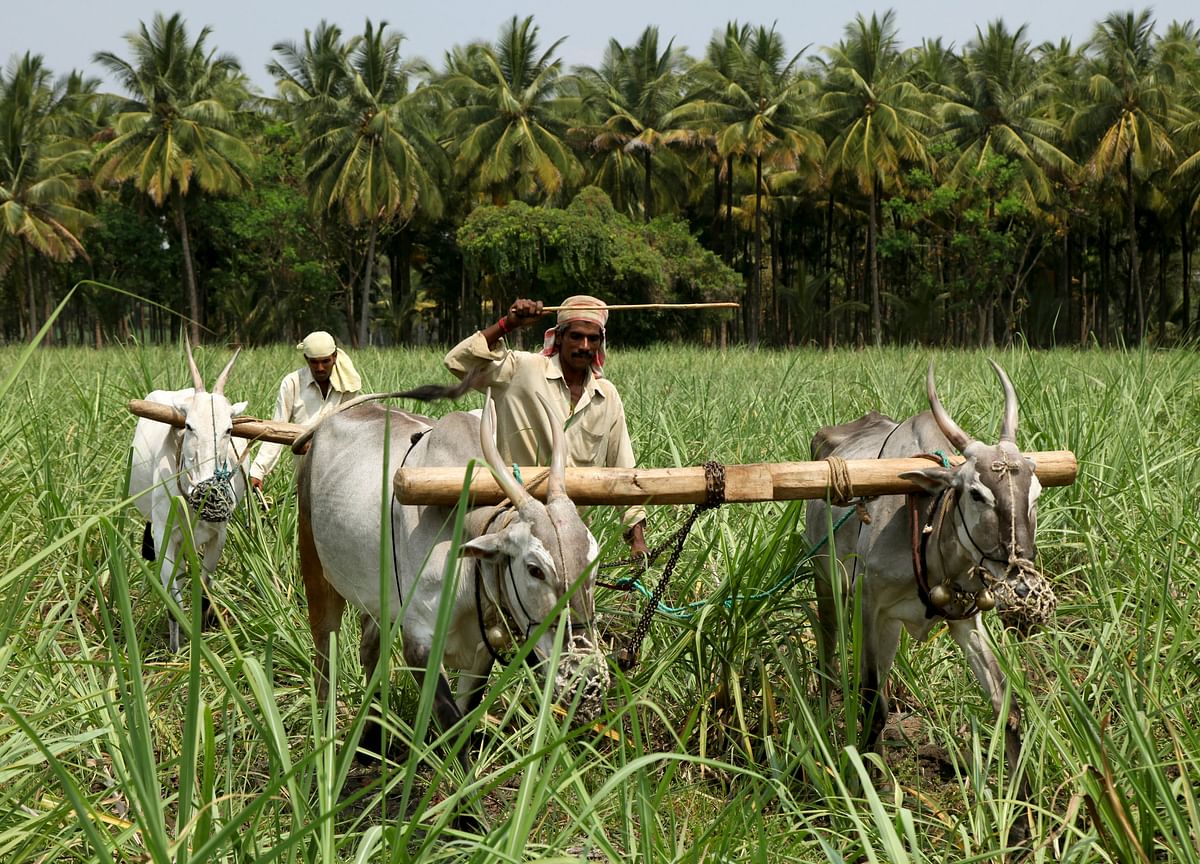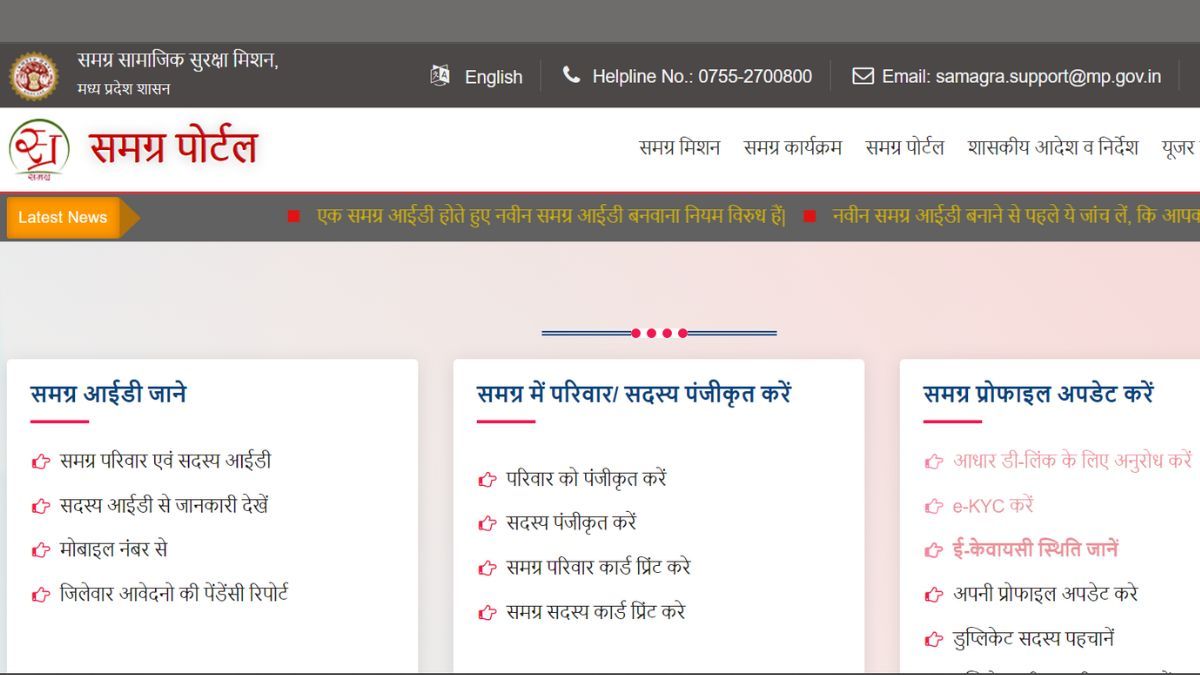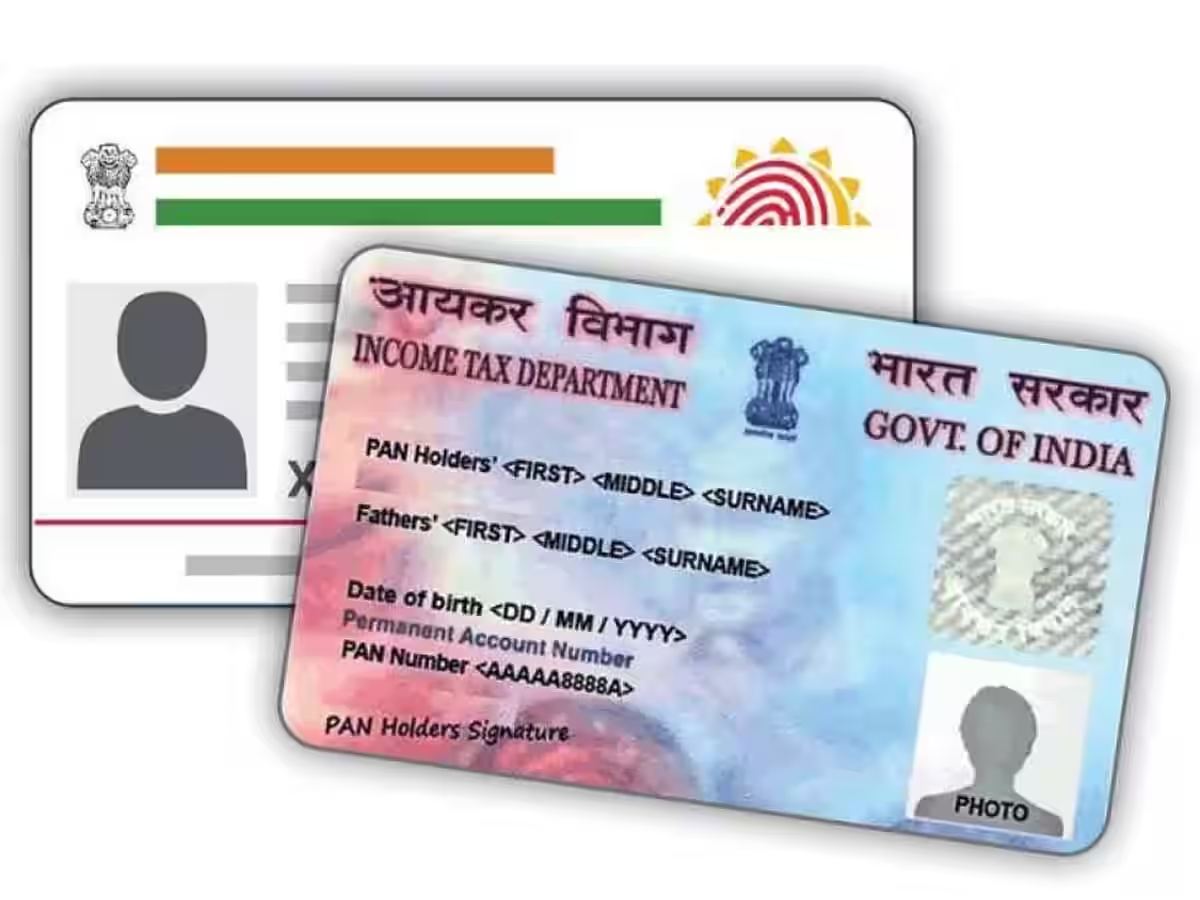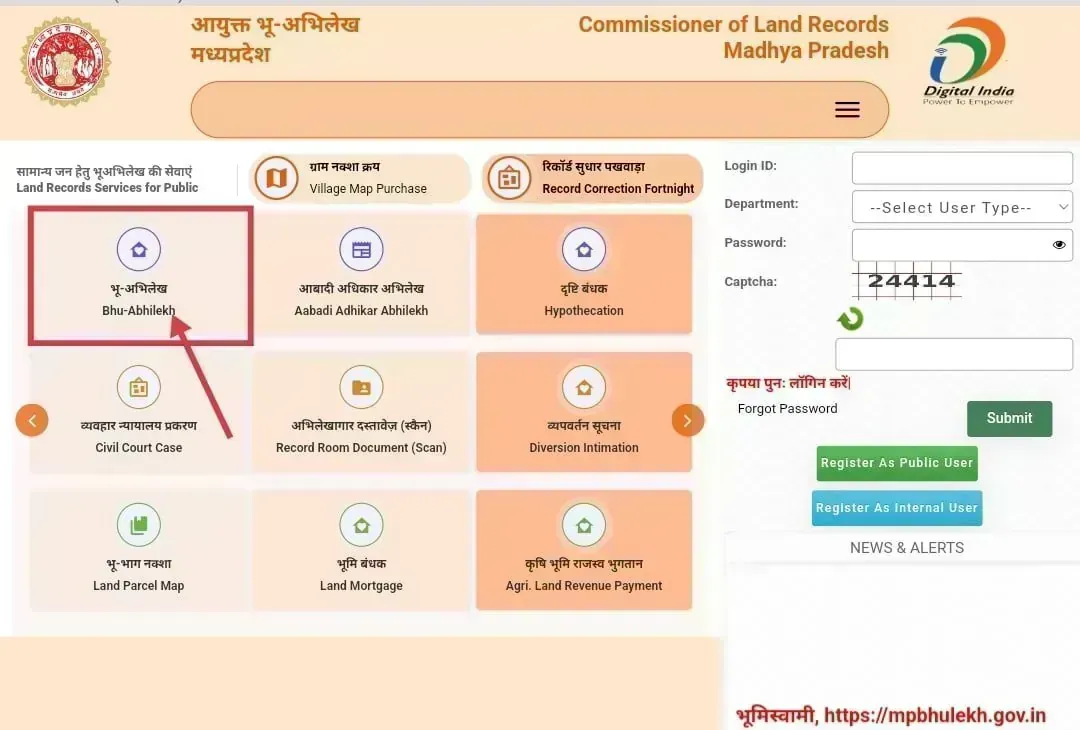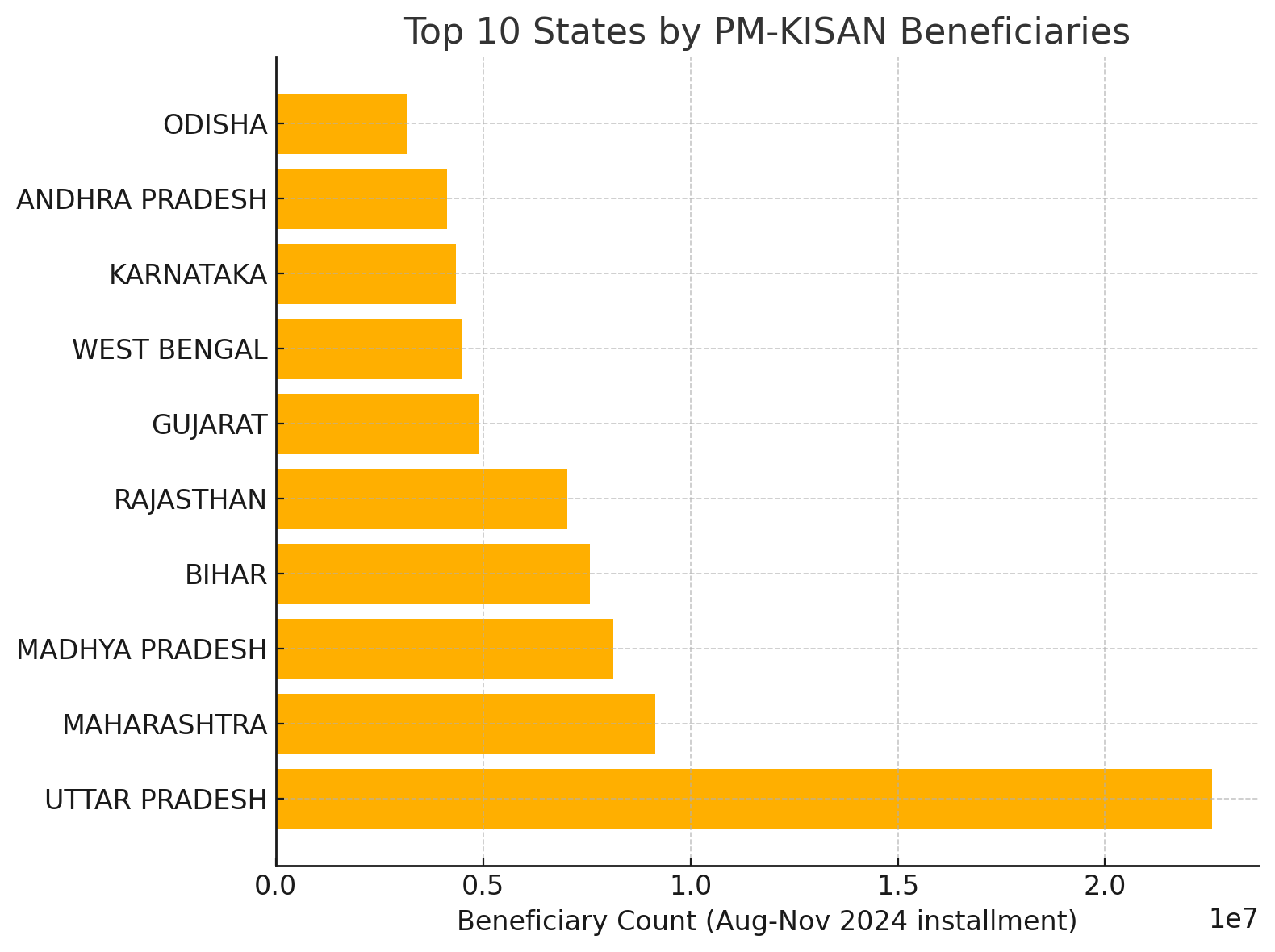
Last Updated on March 29, 2025 by Sudhir Singh
Summary: The PM-Kisan Samman Nidhi Yojana is a central government scheme providing income support to farmers. Eligible farmer families receive ₹6,000 annually, split into three ₹2,000 installments, directly into their bank accounts.
It’s free to apply and takes just a few steps via online or offline registration. Initially for small farmers, it’s now open to nearly all landholding farming households.
This scheme helps cover crop-related expenses and shields farmers from debt. It’s especially useful for those needing reliable seasonal income support. To explore full benefits and eligibility, please read the article.
Pradhan Mantri Kisan Samman Nidhi (PM-KISAN) is a central sector scheme launched by the Government of India in February 2019 to provide income support to farmer families.
Under this scheme, eligible landholding farmer families receive ₹6,000 per year in three equal installments of ₹2,000 each, directly into their bank accounts via Direct Benefit Transfer (DBT).
The scheme was announced during the Interim Budget on February 1, 2019, and made effective from December 1, 2018
Prime Minister Narendra Modi officially launched PM-KISAN on 24 February 2019 at a Gorakhpur rally, transferring the first installment to over one crore farmers.
Purpose: PM-KISAN aims to supplement farmers’ financial needs for procuring crop inputs and other expenses, thereby ensuring proper crop health and productivity.
By providing assured income support, the scheme seeks to protect farmers from falling into debt traps and moneylenders and to enable them to lead a more dignified life. It was conceived as a long-term solution for farmer welfare, in contrast to one-time loan waivers.
Notably, the initiative drew inspiration from successful state-level income support schemes (e.g. Telangana Rythu Bandhu) and was designed to be implemented nationwide.
Evolution: Initially, the scheme targeted Small and Marginal Farmers (SMFs) – families with cultivable landholdings up to 2 hectares (about 5 acres).
It was estimated to benefit 12 crore small farmers and had an annual budget outlay of ₹75,000 crore.
In June 2019, the Union Cabinet in its first meeting of the new government extended PM-KISAN to all farmer families irrespective of land size.
This revision added around 2 crore more farmers, expanding the coverage to ~14.5 crore families and raising the 2019–20 expenditure estimate to ₹87,000+ crore.
However, the scheme continues to exclude specific higher-income categories of farmers (detailed under Eligibility below). By removing the landholding cap, the program now encompasses virtually all farming households in India, making it one of the largest income support initiatives in the world.
Scheme Operations: Implementation and Fund Flow
Administrative Setup: PM-KISAN is a 100% centrally funded scheme (Central Sector scheme) implemented by the Ministry of Agriculture & Farmers’ Welfare (Department of Agriculture, Cooperation & Farmers’ Welfare – DAC&FW) in partnership with state/UT governments.
At the national level, a Project Management Unit under DAC&FW oversees the program, while each State/UT has a designated nodal department (usually the Agriculture or Revenue Department) to implement the scheme on the ground. State and UT authorities identify and verify the beneficiaries (eligible farmer families) in their jurisdictions as per the scheme’s guidelines.
Thus, the enrollment and verification process is decentralized to leverage local land records and governance structures.
How Funds Are Disbursed: Once beneficiaries are verified, payments are made by the central government directly into the farmers’ bank accounts. The scheme utilizes a robust digital platform (the PM-KISAN Portal) to manage beneficiary data and fund transfers.
Key features of the system include 100% Aadhaar seeding of beneficiaries and Aadhaar-based payment authentication, which help maintain transparency and prevent duplicates.
Each installment payment cycle involves the following steps:
- State officials upload the list of eligible farmers (with their details such as Aadhaar, bank account, and land records) onto the PM-KISAN online portal after local verification.
- Data can be entered via a dedicated web portal or PM-KISAN mobile app by authorized persons, and farmers can also self-register (see Application Process).
- The PM-KISAN system automatically validates the data – for example, checking that the Aadhaar number is authentic and not already used, and cross-verifying that none of the beneficiaries are income-tax payees or ineligible pensioners (through integration with databases of the Income Tax Dept. and others).
- Any records that fail these checks (e.g., someone in an exclusion category) are flagged as ineligible and sent back to the state for correction/removal.
- After data validation, payment files are generated in the form of Fund Transfer Orders (FTOs), which are digitally signed and sent to the Public Financial Management System (PFMS) – the central payment processing platform.
- The Ministry of Agriculture issues sanctions for the release of funds against these FTOs.
- PFMS, in coordination with sponsor banks and the National Payments Corporation of India (NPCI), executes the transfer of funds to each beneficiary’s bank account.
- Payments are routed via the DBT (Direct Benefit Transfer) infrastructure – in most cases using the Aadhaar-enabled payment bridge, ensuring the money is credited to the Aadhaar-linked bank account of the farmer.
- This electronic process minimizes delays and eliminates middlemen, as funds flow directly from the central treasury to individuals’ accounts within a few hours of generating payment orders.
- Confirmation of successful credit (or any failures) is made available on the PM-KISAN portal. The beneficiary lists and payment status are transparent and can be viewed at various levels (village, block, district, state) on the portal’s dashboard.
- . Farmers can also check their individual payment status online.
Installment Schedule: The ₹6,000 annual benefit is paid in three installments of ₹2,000 each, roughly one installment every four months.
Specifically, the installments are structured as:
- December–March (Instalment 1),
- April–July (Instalment 2),
- and August–November (Instalment 3) in each fiscal year.
Funds for a given four-month period are generally released towards the end of that period. For example, the December–March installment is usually released by February/March, the April–July installment by May/June, and the August–November installment by October/November.
High-level events are often organized to mark these disbursements – for instance, the Prime Minister publicly released the 18th installment on 5th October 2024 in Maharashtra and the 16th installment on 28th February 2024.
By March 2025, 18 installments had been disbursed since the scheme’s inception.
All payments are made via DBT to the beneficiary’s bank accounts that have been linked (seeded) with their Aadhaar numbers.
This ensures each farmer’s family receives the money directly, with no leakage. The system’s design enforces transparency – as noted by the government, the digital architecture “maintains absolute transparency in registering and verifying beneficiaries” and the money reaches farmers “without the involvement of any middlemen”.
Any discrepancies or failures in payment (for example, if a bank account is invalid) are tracked and can be resolved through a built-in grievance and correction mechanism.
Departments Involved: The primary responsibility lies with the Ministry of Agriculture & Farmers Welfare (Government of India), which administers PM-KISAN through its DAC&FW department.
The NIC (National Informatics Centre) has developed and maintains the PM-KISAN portal and IT system integrating it with key systems like UIDAI (for Aadhaar verification), PFMS (for payments), NPCI (for banking transactions), and the Income Tax database.
At the state level, State Agriculture or Revenue Departments act as nodal agencies – they coordinate data collection (often through village-level officials like patwaris/lekhpals or agricultural extension officers) and ensure the integrity of land records and farmer details.
States are also responsible for convening district or block-level officers to verify beneficiaries and to conduct periodic physical verification (a certain sample of beneficiaries is physically verified to curb fraud).
Thus, the scheme’s operation is a collaborative effort between Central and State governments, enabled by a unified technology platform.
Eligibility Criteria
Who is Eligible: PM-KISAN covers all landholding farmer families in India. A “farmer family” for this scheme is defined as a household comprising husband, wife, and minor children, which owns cultivable land as per local land records. Initially, the scheme restricted eligibility to families with up to 2 hectares of land (hence targeting small and marginal farmers).
This landholdings limit was removed in June 2019, expanding benefits to larger landholders as well. Therefore, as of now, farmers in all states and UTs, regardless of the size of their land, can enroll, provided they meet the following basic conditions:
- The land in question should be cultivable land (agricultural land) documented in the farmer’s name (or family’s name). Both owners and cultivators recorded in land records are eligible.
- The beneficiary should be an Indian citizen. (Non-resident Indians are not eligible to enroll as new beneficiaries, per government rules).
- The scheme is implemented on a family basis: only one benefit per family is allowed, even if family members own multiple plots or pieces of land. If land is owned jointly by family members, they collectively receive one ₹6,000/year benefit. (If adult sons or other family members have separate landholdings in their own name and are not counted as part of the parent’s household, they can register separately as independent families.)
Exclusion Categories: Although the scheme is broad-based, the government has deliberately excluded certain categories of higher-income or institutional beneficiaries. The rationale is to disqualify economically affluent farmers or others who wouldn’t need income support, thus focusing the subsidy on more needy sections.
Regardless of land size, any farmer family falling under any of the following categories is NOT eligible for PM-KISAN:
- Institutional landholders: Any entity that is an institution (such as government-owned land, corporate farms, university farms, etc.) or non-individual land owner is excluded. The benefit is only for individual farming families; all institutional land owning entities are ineligible.
- Public office holders: Families in which at least one member is a present or former holder of a constitutional post (e.g. President of India, Vice-President, Governors, etc.) are not eligible. This also extends to former or present Ministers and Members of Parliament/Legislative Assemblies at the Central or State level, and former or present mayors of municipal corporations or chairpersons of district panchayats. In other words, if anyone in the farmer’s immediate family is or was a high-ranking public representative, the family is excluded.
- Government employees and pensioners: If any member of a farmer’s family is a serving or retired employee of Central/State Government, or a Central/State Public Sector Undertaking, or a government autonomous body, or local government (municipal/Panchayat), that family is not eligible.
- Exception: This exclusion does not apply to Class IV/Group D employees, multi-tasking staff, or similar lower cadre employees – such families can still get the benefit. (Thus, a village chowkidar, lineman, or peon would not be excluded, but a school teacher or clerk in a government office would be excluded.) Additionally, any retired government employee who draws a monthly pension of ₹10,000 or more is excluded (again, excluding Group D/MTS retirees).
- Income Tax payers: Any family with at least one member who paid income tax in the last assessment year is not eligible. In essence, if you or your spouse filed an income tax return for the previous year (indicating taxable income above the basic exemption), you are disqualified from PM-KISAN. This rule aims to exclude relatively affluent farmers or professionals with substantial non-farm income.
- Professionals: Professionals such as doctors, engineers, lawyers, chartered accountants, or architects who are practicing their profession are excluded from the scheme. If any family member is a registered professional (with a professional body) and is actively in practice, that family is not eligible. (For example, a farmer who also practices as a doctor or advocate, or whose spouse is a practicing CA, would be excluded.)
It is important to note that these exclusions apply even if the person in question has agricultural land and is primarily doing farming. The presence of a family member in any of the above categories overrides their farming status for the purpose of this scheme.
Summary of Eligibility: In simple terms, a farming family qualifies for PM-KISAN if they own farmland and do not fall under any of the above exclusion criteria. The majority of ordinary farmer families (small/marginal farmers, as well as medium or large farmers who are not wealthy otherwise) are intended beneficiaries.
The scheme is nationwide – farmers in all states and UTs are covered, including the North-Eastern states, hilly states, and islands. (One exception was West Bengal, which initially did not participate in 2019, but later on-boarded the scheme; as of now all states/UTs are on board and funds have been disbursed across India.)
Eligible farmers must enroll to receive benefits – enrollment is not automatic in all cases (details in next section). Also, the land records serve as the basis of identification; so the landholding must be in the name of the applicant or their family. Tenants or sharecroppers who do not own land are generally not directly eligible, unless the landowner family itself qualifies (the money goes to the owner family).
How to Apply for PM-KISAN Benefits
Applying for PM-KISAN is a one-time process that can be done either online by the farmer or through local authorities. Below is a step-by-step guide to the application process, including eligibility checks, required documents, and registration steps.
Step 1: Check Eligibility
Before applying, the farmer should self-confirm that they meet the eligibility criteria described above. Essentially, you should be a landholding farmer (your name or your family’s name is on land records for cultivable land) and none of your family members should fall under the excluded categories (no one in your immediate family is a taxpayer, big pensioner, etc.).
If you are unsure, you can consult the local agriculture officer or refer to the official scheme guidelines. Only eligible farmers will be approved, so it’s important to verify this to avoid rejection.
Step 2: Prepare Required Documents
Gather the necessary documents and details needed for the application. The key documents/information typically required are:
- Aadhaar Card – Aadhaar is mandatory for PM-KISAN registration. The Aadhaar number will be used for identity verification (eKYC) and must be linked to your bank account.
- Land ownership document(s) – such as land records or Khatauni/Khasra papers, or the land passbook issued by the revenue department. These prove that you own agricultural land and will be used to verify the details (survey number, area, etc.). You may need to provide the Record of Rights (RoR) or landholding account number as per your state’s system.
- Bank account details – a Savings Bank Account in your name. You should have the bank account number and IFSC code ready (typically these are on your bank passbook or statement). This is where the money will be deposited. It’s important that the bank account is linked to your Aadhaar for seamless transfer.
- Mobile number – Your mobile number is needed for registration (for OTP verification during eKYC and for future communications). Ideally, this should be the number linked with your Aadhaar.
Optional: In case you apply through a Common Service Centre (CSC) or offline, you may be asked for copies of the above documents (photocopy of Aadhaar, etc.) and possibly a passport-sized photograph for the form.
However, for online self-registration, no physical documents are uploaded – you only need to enter the information as per your documents. The above list covers the indicative documents required.
Step 3: Register Online or via Authorized Centers
Farmers have multiple channels to register for PM-KISAN:
- Online Self-Registration: You can self-register on the official PM-KISAN portal which has a Farmer’s Corner for enrollment. There is also a PM-KISAN Mobile App (launched in February 2020) that you can use for registration and status tracking.
- On the portal homepage, look for the “New Farmer Registration” link under Farmers Corner. Clicking this will open the registration form. You will be prompted to enter your Aadhaar number, select your state, and then fill in personal details (name, age, category etc. as per Aadhaar), bank account details, and land details (survey number, land size etc. as per your land record). Submit the form online once completed. Upon successful submission, you should note the registration/reference number generated for your application. This number can be used to check your status later.
- Common Service Centres (CSCs): If you are not comfortable with online forms, you can visit your nearest CSC or Jan Seva Kendra. CSCs are facilities set up to assist citizens in applying for government schemes. The Village Level Entrepreneur (VLE) at the CSC will fill the PM-KISAN registration form online on your behalf. You should carry your Aadhaar, bank passbook, and land details to the CSC. They may charge a nominal service fee. After processing, the VLE will give you an acknowledgment slip.
- Offline through Agriculture Department: In some cases, local agriculture officers, revenue officers (Patwari/Tehsildar), or Gram Panchayat officials are designated to collect PM-KISAN applications. You can inquire with the Gram Panchayat office or Block/District Agriculture Office. They might have physical forms that you fill out and submit with copies of documents. These forms are then digitized and uploaded to the portal by the officials. (This method was more prevalent during the initial phase of the scheme; currently, emphasis is on self-registration or CSC.)
Regardless of method, all registrations end up in the central PM-KISAN online system for further processing. For most farmers, using the online portal is convenient and instantaneous if you have basic digital literacy.
The portal is available in multiple languages and has an easy interface. States have also conducted special registration drives (camps) to enroll farmers, where laptops/phones were used on the spot to register those who hadn’t applied yet.
Step 4: Complete eKYC (Aadhaar Verification)
The Government has made eKYC (electronic Know Your Customer) mandatory for all PM-KISAN beneficiaries to authenticate their identity. eKYC is essentially an Aadhaar-based verification. After submitting your registration, you should complete eKYC to avoid any interruption in benefits:
- OTP Based eKYC: On the PM-KISAN portal (Farmers Corner), there is an option for “eKYC”. You can select this, enter your Aadhaar number, and then an OTP will be sent to the mobile number registered with that Aadhaar. Enter the OTP to complete the eKYC process online. This method is quick if your mobile is linked with Aadhaar.
- Biometric eKYC: If the OTP method fails or you don’t have a mobile linked to Aadhaar, you can visit a CSC or the agriculture department office to do a biometric eKYC. The operator will use a fingerprint or iris scanner to authenticate your Aadhaar on the PM-KISAN portal. This is an assisted process.
As of 2022, eKYC is compulsory – registrations without Aadhaar authentication are not accepted, and even existing beneficiaries had to complete eKYC to continue receiving installments. Make sure to get this done. The portal will show your eKYC status (you can check “Aadhaar Verification Status” in the Farmer’s Corner). Once eKYC is successful, your application is ready for approval.
Step 5: Verification by Authorities
After you have registered and completed eKYC, your application goes into the verification stage. Local authorities (at the district/block level) will verify the details you provided:
- Land record verification: The agriculture or revenue officer will confirm that the land details match official records and that you indeed are a cultivator of that land. They may check the land ownership database or physically verify if required. In some states, this is done digitally if land records are linked; in others, the officer signs off after manual checking.
- Eligibility verification: They will ensure you are not in any exclusion category. Often this relies on self-declaration (the form requires you to declare that you’re eligible). However, some checks (like government employees or pensioners) can be cross-verified through databases. The system itself flags income tax payees and certain pensioners automatically using Aadhaar/PAN linkage. If any discrepancy is found (say the land is not in your name, or you were found ineligible), the application could be rejected at this stage. The data would be sent back for correction if possible.
If everything is in order, the state/district nodal officer approves the beneficiary in the system. Approved beneficiary details (Name, Aadhaar, bank account) then move into the beneficiary list for payment.
Timeline: The time from registration to approval can vary. In well-integrated systems, this might be as short as a couple of weeks. In other cases, it might take a month or two, especially if there is a backlog or if corrections are needed. States often publish village-wise PM-KISAN beneficiary lists after approvals, which you can check to see if your name is included.
Step 6: Receive Benefits and Monitor Status
Once approved, you will start receiving the ₹2,000 installments in your bank account every four months as per the cycle. The funds are automatically transferred – you do not need to apply again for each installment. You will continue to receive payments as long as you remain eligible (i.e., you still own the land and no exclusion criteria apply later) and the scheme is ongoing.
To keep track of your PM-KISAN status or in case of any issues, you can:
- Use the “Beneficiary Status” feature on the portal or mobile app. By entering your Aadhaar or mobile number or registration number, you can see whether your application is approved, and the payment details of installments (dates and amounts). This is useful to confirm if a payment has been credited or if it’s pending.
- Approach your bank and update your passbook or use internet banking to verify the credit of ₹2,000 from “PM-KISAN” (often the narration in bank statements mentions PM Kisan or a PFMS credit code). Typically, installments are labeled clearly.
- Ensure that your bank account remains active and Aadhaar-linked. If you ever need to change the bank account for receiving the money, the portal has an option to update/edit details, or you can request through the agriculture department.
- If installments are missing or you face any issues, use the grievance redressal avenues described in the next section. Common issues might include: name mismatches (e.g., name on Aadhaar vs bank), land record disputes, or being wrongly marked ineligible. These can be resolved by contacting officials or through the portal’s helpdesk.
The entire process from registration to disbursal is free of cost (except minimal CSC service charges if applicable). Farmers are advised to beware of frauds – no middleman or agent is required to get the PM-KISAN money. If you meet the criteria and have applied correctly, the money will reach your account.
The government periodically runs awareness campaigns to inform farmers about the scheme and the application procedure, so that no eligible farmer is left out due to lack of information.
Application & Enrollment at a Glance: Below is a quick-reference table summarizing the application steps and requirements for PM-KISAN:
| Step | What to Do |
|---|---|
| 1. Check Eligibility | Ensure you are a landholding farmer and that none of your family members fall under the exclusion categories (e.g., income tax payer, govt employee, etc.). Only eligible farmers will be approved. |
| 2. Prepare Documents | Gather key documents: Aadhaar card, landholding papers, and bank account details (with IFSC). These are required for registration. Also have a mobile number (linked to Aadhaar if possible) ready for OTP verification. |
| 3. Registration | Register through the PM-KISAN portal or mobile app, OR visit the nearest CSC/authorized center for assistance. Fill in the required details: Aadhaar number, name, age, address, bank a/c info, and land record details. Submit the application. Note your application/reference number for tracking. |
| 4. eKYC Verification | Complete Aadhaar eKYC to verify your identity (mandatory for all applicants). Use the portal for OTP-based eKYC or go to a CSC for biometric eKYC. This step confirms your Aadhaar and is required to receive payments. |
| 5. Official Verification | After submission, your application is verified by local authorities against land records and eligibility criteria. No action is needed from you during this, but be responsive if officials contact you for any clarification. |
| 6. Approval & Benefits | Once approved, your name is added to the beneficiary list. You will start receiving ₹2,000 every four months in your bank account automatically. You can check your payment status on the PM-KISAN portal’s “Beneficiary Status” section. If there are issues or non-receipt, use the helpline/helpdesk for resolution. |
Grievance Redressal and Contact Information
The PM-KISAN scheme has set up multiple channels to address farmers’ grievances, answer queries, and assist with any problems in registration or fund disbursal. If you are a farmer facing issues related to PM-KISAN (such as not receiving an installment, name not in the list, data correction needed, etc.), you can use the following official channels for redressal:
- PM-KISAN Helpline Numbers: The Ministry of Agriculture has a dedicated helpline for PM-KISAN. You can call Toll-Free 155261 or 011-24300606 for assistance. Another toll-free number 1800-11-5526 is also available. These helplines are managed by the PM-KISAN team to resolve farmer queries.
- The helpline service can provide information on application status, reasons for payment failure (if any), and guide you on how to rectify issues. (Note: Helpline lines are generally active on working days during office hours. The number 155261 is a shorter easy-to-dial number for farmers.)
- The PM-KISAN helpline is in addition to the general Kisan Call Center (KCC) 1800-180-1551, but for PM-KISAN specific issues it’s better to use the scheme’s own numbers.
- Email Support: You can also send your grievances or queries by email. The official email for PM-KISAN scheme issues is pmkisan-ict@gov.in. In your email, include your name, Aadhaar number, mobile number, and details of the issue (for example, “I have not received the 12th installment” or “My name is spelled incorrectly in the portal”).
- The PM-KISAN team or concerned officials will reply or take corrective action. For escalations, the Ministry has listed contacts of senior officials as well (such as the Joint Secretary & CEO-PM-KISAN) in case issues are not resolved via the usual channels – but typically, farmers should first use the helpline or helpdesk.
- Online Grievance Portal (Helpdesk): The PM-KISAN portal includes a Helpdesk / Grievance Redressal mechanism for registered farmers. On the website, under Farmer’s Corner, there is an option often labeled “Helpdesk” or “Register Complaint”.
- Using this, a farmer can lodge a complaint or request for correction. The process usually involves entering your PM-KISAN Registration ID or Aadhaar, verifying via OTP (to ensure the request is from the rightful beneficiary), and then selecting the type of grievance and providing details.
- Common issues like “Name as per Aadhaar is wrong”, “Payment not received”, “Account number change”, etc., can be submitted. The portal will log your grievance and give a ticket/reference number. You can later check the status of your grievance on the same portal. Steps to use the online helpdesk: Go to pmkisan.gov.in → Farmers Corner → Helpdesk. Enter your registration number and captcha, get OTP on your registered mobile, then choose the issue and submit your request.
- This is a convenient way to get issues resolved without visiting an office – the request will be sent to the concerned official who can fix data or investigate the payment. Many minor issues (like spelling corrections or updating a new bank account) can be resolved through this online system.
- District/Block Agriculture Officers: In case of difficulties, farmers can also approach their local Agriculture Department office (at Block or District level) or the Revenue officer (Tehsildar) who is dealing with PM-KISAN. Each district typically has a PM-KISAN Nodal Officer.
- If, for example, a farmer’s name was erroneously left out or marked ineligible, these officials can verify the documents and push the corrected data in the PM-KISAN system. They can also guide farmers to complete requirements like eKYC or resolve land record mismatches. It’s advisable to carry your documents when visiting and the printout of your application status (if available).
- Kisan Help Centers/Camps: Occasionally, the government sets up help camps in villages for PM-KISAN during special drives. During these, farmers can get on-spot help for any grievances. Keep an ear out for announcements of such drives (often done to assist with eKYC or new enrollments).
Grievance Escalation: Most issues are resolved at the operational level; however, if you have lodged a complaint and not received a satisfactory resolution in reasonable time, you can escalate by writing to higher officials of the Agriculture Ministry (addresses are available on the PM-KISAN website) or even bringing up the matter with public grievance portals like CPGRAMS.
The scheme is monitored closely by the central government, and there are instructions to resolve farmer complaints promptly.
Common Issues & Solutions:
- Missing Installment: If an installment is not received while others have been, first check your status online to see if you were marked pending for some reason. Often it could be due to bank account issues (e.g., IFSC changed after bank merger, account dormant) – updating the account info via the helpdesk or linking Aadhaar to the new account can resolve this. Calling the helpline can reveal if your payment failed and was stuck in the system, so it can be reinitiate.
- Application Rejected: If your application was rejected (you can see status as rejected), see the reason. If it says you are an income tax payer or other exclusion but you believe that’s an error (for instance, maybe someone else with same name got tagged), you can submit representations with proof that you are not in that category. In some cases, farmers whose status changed (e.g., they or their spouse started paying income tax after enrolling) might get excluded later – in such cases if that’s correct, they can no longer receive PM-KISAN.
- Name/Aadhaar Mismatch: If names or data don’t match between Aadhaar, bank, and land records, the payment might not go through. The solution is to correct the data in the PM-KISAN database via the online edit (there is an “Edit Aadhaar Details” option if your application is pending) or through the helpdesk. Ensure your name, DOB, etc., in the application match your Aadhaar.
- Want to Surrender Benefit: If a farmer realizes they are not eligible (for example, they or a family member took up a job or started paying income tax) or for any reason want to opt-out, the scheme provides a Voluntary Surrender option. This was introduced so that ineligible beneficiaries could exit gracefully. On the portal, under Farmers Corner, there is a “Voluntary Surrender of PM-Kisan Benefits” link. By entering your Aadhaar/registration and OTP, you can surrender future benefits. This will stop further installments (you won’t have to refund past ones, but you will be barred from re-registering).
In summary, PM-KISAN has a reasonably well-established support system – phone helplines, an online helpdesk, and local departmental support – to ensure farmers can get any problems resolved. Always use these official channels for assistance. If you have any doubts or need information, the official PM-KISAN website and FAQ section are useful resources, and the helpline can clarify any queries related to the scheme.
Recent Updates and Developments
Since its launch, PM-Kisan Samman Nidhi Yojana has undergone several updates and improvements. Both in terms of policy and implementation, the government has introduced changes to expand coverage, tighten the verification process, and make disbursement more efficient.
Below are some recent updates (as of 2024-2025) that farmers, policymakers, and students should know:
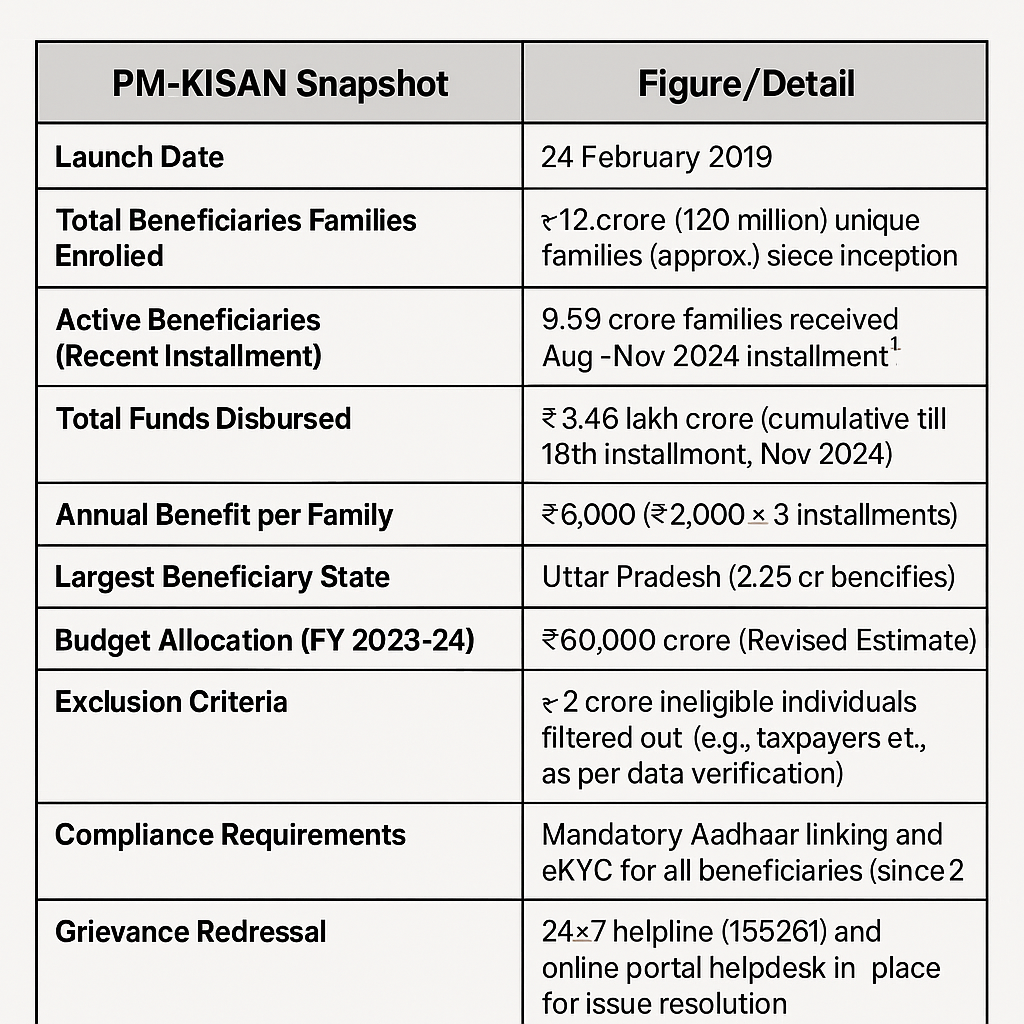
Extension of Scheme to All Farmers (2019):
- The first major change came in May 2019, when the new government in its initial Cabinet meeting removed the landholding cap of 2 hectares. This extension made all farmer families eligible for PM-KISAN, fulfilling a pre-election promise. The decision was notified in June 2019, and states were instructed to identify additional beneficiaries while applying the existing exclusion criteria.
- As a result, the potential beneficiary base increased to ~14.5 crore families. By late 2019, the scheme’s benefits were reaching farmers of all size landholdings, marking a shift from a targeted subsidy to a near-universal basic income support for farmers. This required a higher budget allocation (approximately ₹87,000 crore in 2019-20, up from ₹75,000 crore planned earlier).
Mandatory eKYC and Aadhaar Linking (2022):
- To further strengthen transparency, the government mandated Aadhaar-based eKYC for all PM-KISAN beneficiaries. In early 2022, it was announced that every beneficiary must complete eKYC (either OTP-based or biometric) to continue receiving installments.
- Deadlines were extended a few times to facilitate compliance, and by mid-2022 most farmers had done eKYC. From then on, any new registration also requires immediate Aadhaar validation. This step has helped eliminate duplicate or bogus entries and ensure one benefit per Aadhaar-linked family.
- As of 2023, the PM-KISAN portal is fully integrated with UIDAI for real-time Aadhaar authentication and with the NPCI mapper to confirm that the Aadhaar is linked to a bank account for DBT.
Integration with Other Databases:
- The scheme’s IT platform has been linked with databases like the Income Tax database and other government records. This means that if a beneficiary or family member appears in those databases as an income tax payer or ineligible government servant, the system can automatically mark them ineligible.
- This cross-checking is a continuous process, not just at registration. For example, if a farmer’s son gets a government job later or the farmer starts paying income tax, the next installment could be withheld.
- Continuous data integration is a new feature that improves targeting. Additionally, PM-KISAN data has been used to create a unified National Farmers’ Database, which may enable the roll-out of other schemes (like Kisan Credit Card loans, crop insurance, etc.) to the same beneficiary pool with ease.
Saturation Drives to Include Left-Out Farmers (2023-24)
- Despite best efforts, some eligible farmers had not been enrolled due to various reasons (lack of awareness, documentation issues, etc.). The government launched special saturation enrollment campaigns to ensure no eligible farmer is left behind.
- One major drive was conducted from 15th Nov 2023 during the “Viksit Bharat Sankalp Yatra”, through which over 1 crore additional eligible farmers were identified and added to the scheme.
- Another saturation drive took place in mid-2024 (after the formation of the new government in May 2024), adding 25 lakh (2.5 million) more farmers within 100 days. These drives involved door-to-door awareness, on-spot registrations, and correction camps. Thanks to these efforts, the scheme’s coverage has expanded closer to the estimated eligible population.
- By the 18th installment (Aug-Nov 2024), 9.59 crore farmers received the benefit – a significant jump attributed in part to the saturation campaigns.
Improved Grievance Mechanisms and Farmer Interface:
- The government has continually worked on making the scheme more user-friendly. A “Farmers Corner” was introduced on the PM-KISAN portal, empowering farmers with self-service options like checking status, doing eKYC, correcting name discrepancies, etc.
- In 2020, a PM-KISAN Mobile App was launched (on 24th Feb 2020) to provide the same services on smartphones. In 2023, an AI-powered chatbot named “Kisan e-Mitra” was integrated on the PM-KISAN portal to answer farmers’ questions in real-time and assist them in navigation (this is part of Digital India initiatives to leverage AI for citizen services).
- Also, a 24×7 IVRS-based helpline was introduced, which can provide automated updates to farmers calling in. These tech enhancements are recent and aim to reduce the response time for farmer queries.
Voluntary Surrender Facility (2023)
- Recognizing that some ineligible persons had inadvertently received funds (or some farmers’ economic status changed), the government added a Voluntary Surrender feature in 2023. This allows such beneficiaries to opt-out.
- Ineligible farmers are encouraged to voluntarily surrender their PM-KISAN benefits to uphold the scheme’s integrity. The process, as described earlier, is done via the portal with OTP confirmation.
- This move came alongside efforts to recover funds from blatantly ineligible recipients and to avoid any misuse of funds. By making it voluntary (at first), the scheme gave a chance for people to self-declare and exit gracefully.
To Summarize the PM-KISAN Impact:
PM-KISAN has become a financial lifeline for millions of small and marginal farmers. An annual support of ₹6,000, though modest (~₹500 per month), has been meaningful in supplementing farm income, which can be erratic due to seasonality and weather.
It has also set a precedent for direct cash transfer schemes in the agriculture sector. The success of PM-KISAN is often discussed in policy circles as a stepping stone towards the idea of a broader farmers’ income guarantee or even a basic income for a larger population.
From a macro perspective, ₹3.46 lakh crore injected into rural areas likely contributed to rural economic growth and helped alleviate some agrarian distress.
The scheme’s design and rollout experiences are now case studies in governance, demonstrating how leveraging technology (like Aadhaar and digital banking) can enable large-scale welfare programs with relatively low leakage.
The table below gives a quick snapshot of PM-KISAN’s key statistics and status (as of early 2025):
| PM-KISAN Snapshot | Figure/Detail |
|---|---|
| Launch Date | 24 February 2019 (effective from Dec 2018) |
| Total Beneficiary Families Enrolled | ~12 crore (120 million) unique families (approx.) since inception |
| Active Beneficiaries (Recent Installment) | 9.59 crore families received the Aug–Nov 2024 installment |
| Total Funds Disbursed | ₹3.46 lakh crore (cumulative till 18th installment, Nov 2024) |
| Annual Benefit per Family | ₹6,000 (₹2,000 × 3 installments) |
| Installments Paid So Far | 18 installments (Feb 2019 – Oct 2024); 19th due Feb/Mar 2025. |
| Largest Beneficiary State | Uttar Pradesh (2.25 cr beneficiaries in latest cycle) |
| Budget Allocation (FY 2023-24) | ₹60,000 crore (Revised Estimate). |
| Exclusion Criteria | ~2 crore ineligible individuals filtered out (e.g., taxpayers, etc., as per data verification). Key exclusion categories: institutional landowners, former/current MPs/MLAs/Ministers, govt employees (non-Group D), >₹10k pensioners, income tax payers, professionals |
| Compliance Requirements | Mandatory Aadhaar linking and eKYC for all beneficiaries (since 2022). Land record integration and periodic verification by states. |
| Grievance Redressal | 24×7 helpline (155261) and online portal helpdesk in place for issue resolution |
| Reported Impact | Improved household liquidity and input investment support during COVID-19; has become a significant portion of small farmers’ annual income. |
PM-KISAN continues to be monitored and audited to ensure its goals are met. The scheme is now a permanent fixture in India’s agricultural policy landscape, and any changes (like increasing the installment amount or adding more installments) are keenly debated.
For instance, there have been discussions about raising the annual amount to better match inflation and farmers’ needs, though no such decision has been made yet.
Policymakers also examine if the exclusion criteria need updates (for example, to exclude richer farmers more precisely, or conversely, to include tenant farmers who currently don’t benefit because they don’t own land).
Conclusion
In conclusion, Pradhan Mantri Kisan Samman Nidhi Yojana (PM-KISAN) has, in a short span, demonstrated the potential of direct income support in the agriculture sector. This comprehensive guide has covered the scheme’s objectives, operations, how to avail the benefits, grievance mechanisms, recent changes, and current statistics.
For the latest information and official updates, stakeholders should refer to the official PM-KISAN website and notifications from the Ministry of Agriculture & Farmers Welfare.
As the scheme progresses, it will be important to continuously evaluate its impact on farmers’ welfare and the rural economy, ensuring that it meets its ultimate goal of honouring the farmers (as “Samman Nidhi” implies) and empowering them toward a more secure future.


